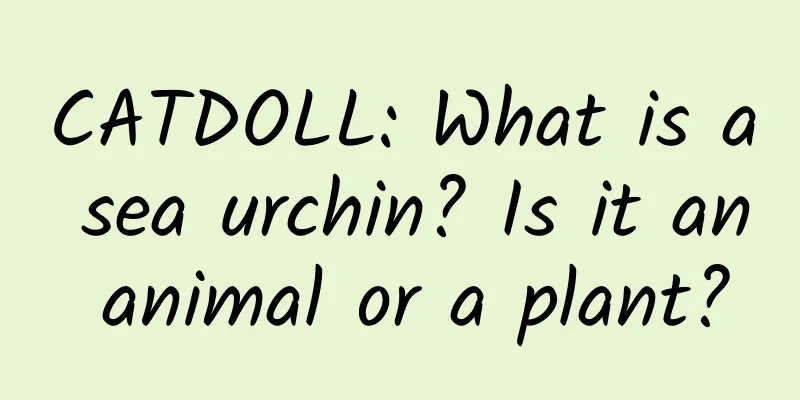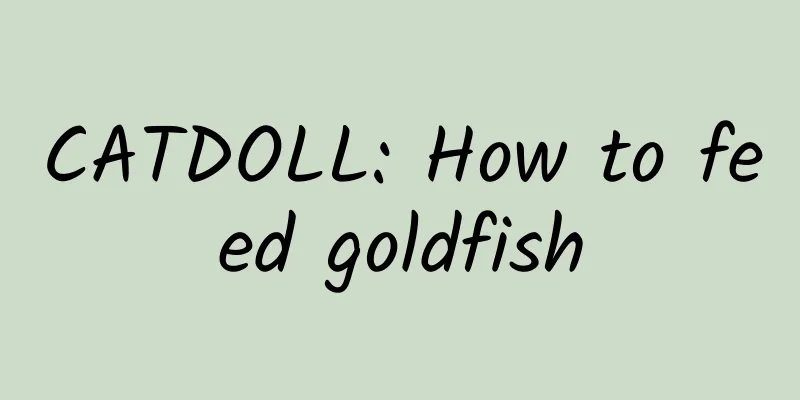CATDOLL : CATDOLL: What is a sea urchin? Is it an animal or a plant?

|
Most people have rarely eaten sea urchins, and even if they have, they don't know what they look like. So, what is a sea urchin? Is it an animal or a plant? What is a sea urchin? Sea urchins are invertebrates, of which there are eight or nine hundred species. In the distant past (Paleozoic and Mesozoic), there were many species, and as many as 5,000 sea urchin fossils have been discovered. Sea urchins have a delicate hard shell covered with many thorn-like things called spines. These spines are movable, and their function is to keep the shell clean, move, and dig into sand and mud. But sea urchins cannot move themselves very quickly. In addition to spines, sea urchins also have some tube feet that extend from the holes in the shell. These tube feet have different functions, such as taking in food, sensing external conditions, etc. The shell of a sea urchin is actually formed by 3,000 small bone plates. Different types of sea urchins vary greatly in size, with the smallest being only 5 mm and the largest reaching 30 cm. Sea urchins can be spherical, heart-shaped, or pancake-shaped. They live in oceans around the world, with the most species found in the Indian Ocean and the western Pacific Ocean. They can be found in shallow waters to 7,000 meters deep. They all live on the bottom of the water or in mud and sand. Different sea urchins eat different things. Some eat seaweed and other small animals, while others eat dirt deposited on the seabed. This depends mainly on the environment they live in, as it is not easy for them to move. Sea urchins are divided into male and female, but it is difficult to tell from their appearance. Their reproductive process is very interesting, and they like to gather together. When one sea urchin lays eggs or releases sperm, the other sea urchins will be infected and release eggs or sperm together in a similar manner. Is a sea urchin an animal or a plant? Sea urchin, also known as sea navel, thorny conch, and thorny pot in Dalian, belongs to the phylum Echinodermata, class Echinoides, and one of the eight treasures of the sea. It is a warm-seabed species that lives in rocks and coral reefs below the intertidal zone. It lurks on the seabed during the day and comes out at night. It crawls on the seabed with its tube feet and spines, and feeds on gastropods, other echinoderms, and various seaweeds. It is dioecious, with a breeding period of June to August, and is fertilized in vitro. It takes about 30 days for the fertilized egg to develop from cell division to embryonic development to a young sea urchin, and it undergoes three metamorphosis. There are four types commonly seen in my country: Sea urchin: The body is hemispherical, 3-5 gm in diameter, brown-gray in color, with dense short spines on the surface, and is distributed in Liaoning, Shandong, Zhejiang, and Fujian. Finely carved-ribbed sea urchin: The body is high conical, 4 cm in diameter, with flat large spines and purple-red horizontal stripes on a yellowish-brown background. It is distributed along the coasts of north and south my country. Northern cut-ribbed sea urchin: The shell is relatively short, the large spines are light gray-black, without purple-red markings, only the base is dark brown, and it is distributed in Liaoning, Shandong, and Zhejiang. Dalian Purple Sea Urchin: Also known as the light-spined sea urchin, it has a hemispherical body, 8-13cm in diameter, and can weigh up to 100-250g. It is purple-brown or purple-black in color, with spines of varying sizes. The large spines are thick and can be up to 3cm long. It is distributed in the Yellow Sea and Bohai Sea, and is produced in abundance in Dalian. The price is high, 50-70 yuan each. Nutritional analysis The protein contained in sea urchin roe is composed of 17 kinds of amino acids. It is not only of good quality, but also of large quantity. Every 100 grams of sea urchin roe contains 20 grams of protein, which is almost twice the protein content of chicken, lean pork, fish and eggs. The fat content is 7.2 grams, mainly unsaturated fatty acids and phospholipids that are beneficial to health. The sugar content is 14.9 grams. The content of minerals calcium and phosphorus is extremely rich, 475 and 456 mg respectively, which is much higher than milk. In addition, sea urchin roe also contains more vitamin A, vitamin D and many other minerals. |
<<: CATDOLL: What foods do black carp mainly eat?
>>: CATDOLL: What is the disease of Koi fish rolling in the fish pond?
Recommend
CATDOLL: Country Bitch~~~~~
① The earthworm is the dried female worm of the i...
CATDOLL: What should I do if my pet chicken has worms? Let's learn how to treat worms in chickens
Why do pet chickens get worms? Anyone who keeps p...
CATDOLL: How many crucian carp, silver carp, bighead carp and carp fry should be scattered per acre of water? How much does the fry cost? How many kilograms of adult fish can be produced? How much can it be sold for?
How many crucian carp, silver carp, bighead carp ...
CATDOLL: In what season do you raise silkworms?
1. What is the season for raising silkworms? 1. S...
CATDOLL: What is the biggest feature of centipedes?
Centipede is commonly known as centipede, also kn...
CATDOLL: China Veterinary Association: Comprehensively promote the development of veterinary medicine
The Chinese Veterinary Medical Association (CVMA)...
CATDOLL: In which season do cicadas appear?
1. In which season do cicadas appear? Summer, ear...
CATDOLL: How deep in the soil do earthworms usually grow?
1. Is the soil depth of 5-8cm suitable for earthw...
CATDOLL: Koi Splash Price
1. Price of Koi Splash The price of Koi Water Spl...
CATDOLL: I have a freshwater silver pomfret. Is it easy to raise? Does it grow fast? How big can it grow? The fish really looks like a piranha. The boss fooled me into thinking it was a piranha.
1. I have a freshwater silver pomfret. Is it easy...
CATDOLL: Is grass root a silver carp?
1. Is grass root silver carp? Grass carp, carp fi...
CATDOLL: What do artificially cultivated loaches eat?
1. What do artificially cultured loaches eat? Whe...
CATDOLL: How big can a yellow bone fish grow in three months?
150g-200g. The growth cycle of yellow bone fish i...
CATDOLL: Yilong Water World
1. Yilong Water World It’s best to bring everythi...
CATDOLL: What are the advantages and disadvantages of bicolor bees?
1. What are the advantages and disadvantages of b...









